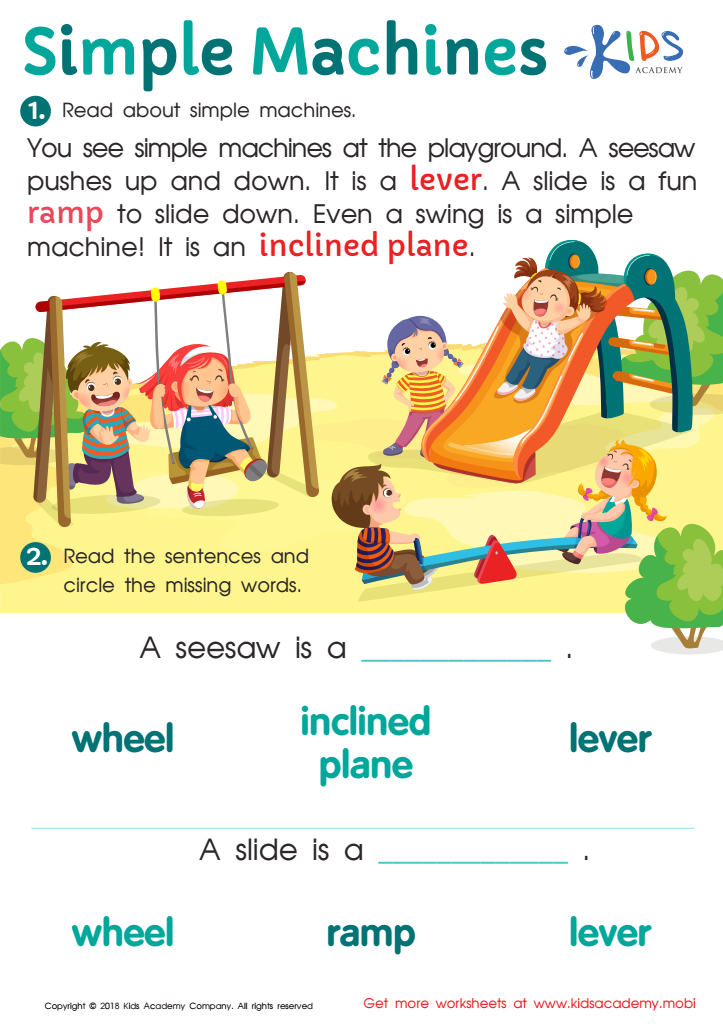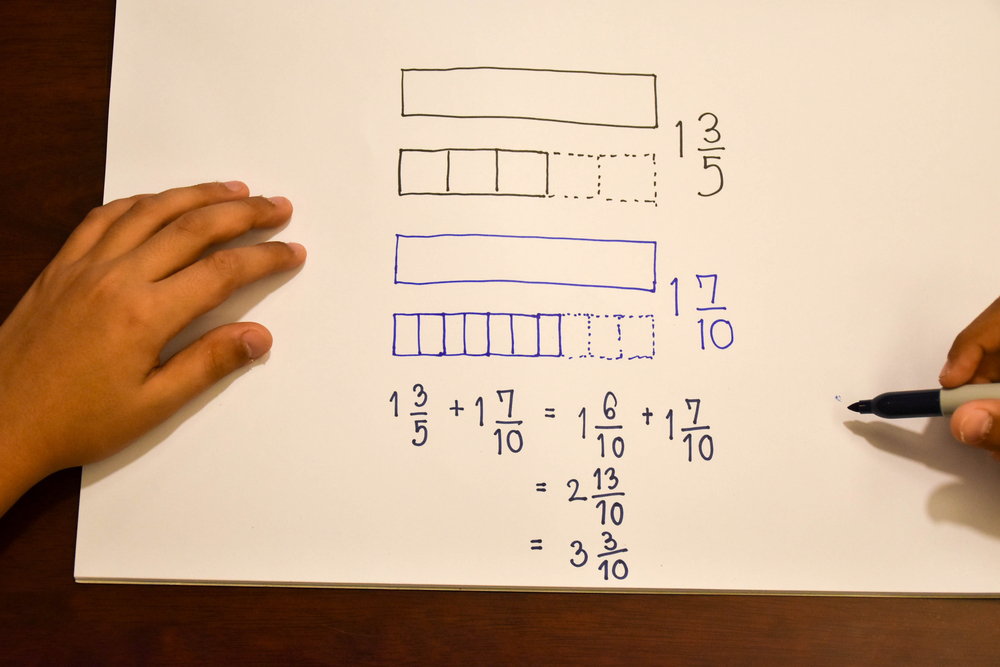Identifying lever types Worksheets for Kids
1 filtered results
-
From - To


Simple Machines Worksheet
Question/Answer
What does the Identifying lever types skill mean when it comes to Grade 2 Community learning?
The Identifying lever types skill in Grade 2 Community learning involves teaching students to recognize and understand the different types of levers (first, second, and third class) and their components (effort, fulcrum, and load).
How to train the Identifying lever types skill in Grade 2 students learning about Community?
To train Grade 2 students in identifying lever types in a Community theme, engage them in hands-on activities. Have them use common objects (e.g., scissors for Class 1 lever, nutcrackers for Class 2, and fishing rods for Class 3) and sort these items into categories based on the lever type. This tactile experience reinforces learning through practical application and visualization.
How to test a Grade 2 student’s Identifying lever types skills?
To test a Grade 2 student's ability to identify lever types, present them with physical models or pictures of the three types of levers (first-class, second-class, and third-class). Ask them to categorize each example correctly. Incorporate simple, everyday objects like scissors, wheelbarrows, and tweezers to make the task relatable and easier to understand.
 Assign to the classroom
Assign to the classroom




.jpg)







